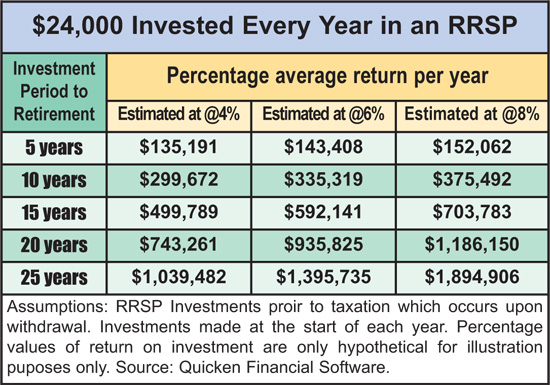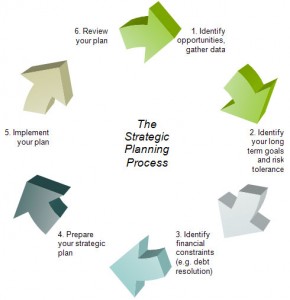
How parents help shape the financial future of their children
In Canada, the government allows a welcome tax break when you save for your child’s education. As parents, we need to consider the effect that education will have on the future income and lifestyle of our children.
The Internet is bringing many changes quickly: Amazon is replacing many of our once-renowned retailers. Google sweepingly controls business success: who gets to view your website and consequently buy your services is based on paying for Google AdWords. The world has moved into one of the most profound eras of change in human history. Our children, for the most part, are just not prepared for this new reality. The gap to accessing a secure income, or obtaining a job with a substantial retirement pension is widening.
Parents who can see the chaos, the economic uncertainty, the stress and the complexity in the world, know intuitively that the new wave of robotics and artificial intelligence (AI) call for an educational revolution. Our children must be able to get a post-secondary education while aiming for higher accreditation in a career known to provide substantial income that keeps up with inflation. Serious financial planning can provide significant funds to go to university or college. The Financial Comfort Zone Study found the following:
“Canadians who establish registered education savings plans (RESPs) for their children are setting their kids up for financial success later in life because there’s a direct correlation between having post-secondary education and wealth”.1
The study revealed the following:
• Among those holding a postgraduate degree (the highest level of education), 23% have investible assets of $500,000 or more, whereas approximately only 11% if the schooling is at the post-secondary level.
• Of those with only a high-school diploma, only 8% have investible assets of $500,000 or more, while 72% have investible assets of $100,000 or less.
Parents can influence the education of their children by fostering the right attitude toward the need for educational training for a financially sustainable future.
“Among parents who gave education a high rating of importance and who had one or more children living at home, 49% indicated they had established an RESP for their children. Similarly, 45% of parents who gave education a medium rating of importance and who had one or more children living at home indicated that they had established an RESP for their children. In contrast, only 15% of parents who gave education a low rating in terms of importance and who had one or more children living at home had established an RESP for their children.” 2
What ways can we plan for our Child’s education? Consider using both the traditional Registered Educational Savings Plan (RESP) and the Tax-Free Savings Account (TFSA) as an educational savings vehicle. A TFSA offers parents another tax-efficient method to provide for education planning.
1 Credo Consulting Inc. and Investment Executive
2 ibid



















